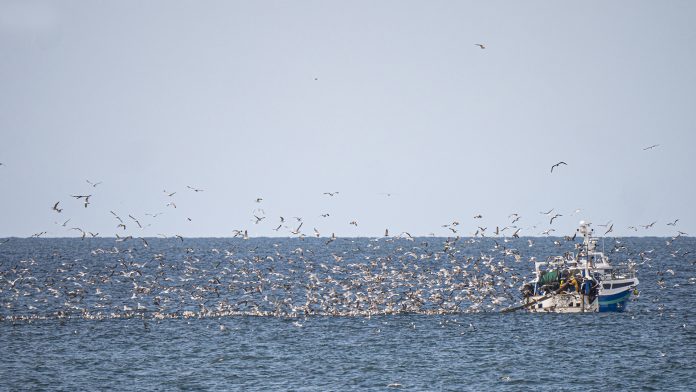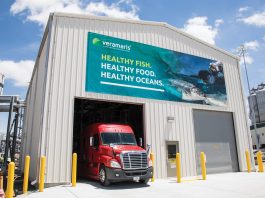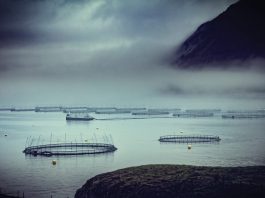Researchers investigate the interactions between Mediterranean and Atlantic seabirds and aquaculture and fisheries.
The exploitation of fishing resources is a constant threat to the future of many seabirds whose populations are falling worldwide. In the Mediterranean alone, accidental bird bycatches affect nearly 5,000 specimens per year.
The AMARYPESCA project centres around evaluating the interactions between seabirds and human activities that concern marine areas within the Spanish Network of Marine Protected Areas (RAMPE).
The study includes the setting of geolocators (GPS) to seabirds and fishing boats that volunteer, apart from the vessel monitoring system, to see the positioning of the operational fishing fleet in the Canary Islands and the peninsular Levantine (in collaboration with the Spanish Institute of Oceanography). A new algorithm has allowed the integration of the time and space dataset to predict how and when the birds interact with the fishing fleet and fish farms.
The researchers observed various populations of bird such as Scopoli’s shearwater, European Storm petrel and the yellow-legged gull.
Most of the interactions of the cormorants and Scopoli’s shearwater with fishing fleet occurred within the RAMPE areas, largely in trawler, encircling and artisanal fishing that work close to the coasts and provide food to the seabirds daily through the discards.
“RAMPE areas cover a great part of the waters that surround the breeding colonies of the studied populations. This could be particularly important in species with a low mobility during the breeding season, such as the Audonin’s gull, the European shag and the Cormorant”, notes Professor Jacob González-Solís, head of the Seabird Ecology Group of the UB-IRBio.
“However, most of these places do not have management measures to protect these birds in the marine environment”, commented the researcher. “Therefore, they should have management plans to allow a regulation of the activities in the marine environment.”
Reducing recreational fishing, utilising mitigation measures to lessen accidental bycatches, such as tori lines and fishing gear night setting, and even the temporary removal of fishing activities during breeding seasons of some species, could have a real impact on the seabird populations.
“In these cases, the management of fisheries and application of mitigation techniques to reduce the risk of bycatches can be more efficient than establishing coastal protected areas”, explained researcher Virgínia Morera, member of the Seabird Ecology Group (UB-IRBio).
Morera continued: “It is necessary to continue with the research efforts to protect the areas with a high risk of interaction with fisheries with no protection figures and to identify decisive areas for the conservation of seabirds in the country.”
Regarding fish farms, the species that visit these infrastructures most are the European Shag and the Coromant. According to the experts, it is essential to use measures to restrict the interaction of birds with fish farms, to prevent them from being dependent on it as a food source and to limit the massive populational growth of species like the European Shag.
The AMARYPESCA project is funded by the Biodiversity Foundation, and is led by Jacob González-Solís, professor at the Faculty of Biology and the Biodiversity Research Institute (IRBio) of the University of Barcelona, together with the Association of Naturalists of Southeast (ANSE).









